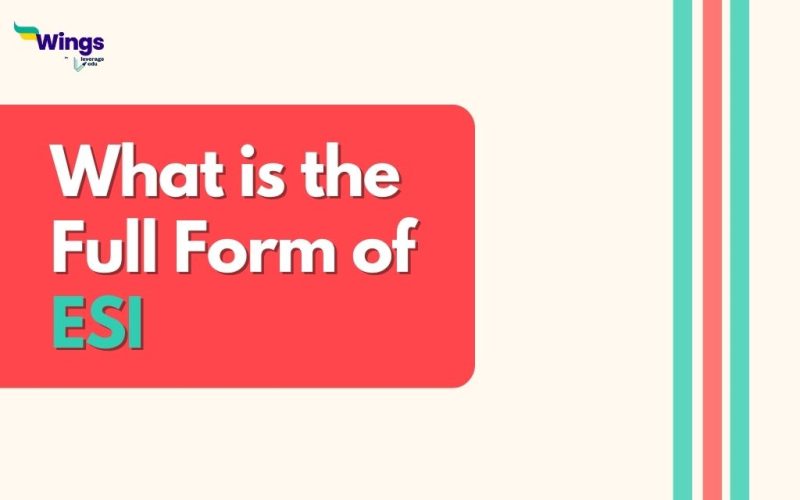The full form of ESI is Employee’s State Insurance. In accordance with the ESI health insurance scheme, Indian employees are eligible for both financial and medical benefits. The Employee State Insurance Corporation (ESIC), an organisation under the “Ministry of Labour and Employment” statute, oversees and manages insurance programmes and benefits for Indian employees.
Also Read: Ayushman Bharat Yojana
History of ESI
Table of Contents [show]
- The only organisation in charge of managing ESI is the ESIC, in accordance with the ESI Act of 1948’s provisions. In order to offer Indian employees employee health insurance, ESI was founded on February 24, 1952.
- In March 1943, the Indian Government hired Professor B.N. Adarkar to compile a report on the HIS (health insurance plan) for Indian labourers.
- The proclamation stressed the need to shield Indian workers from unanticipated occurrences including illness, temporary or permanent physical impairment, maternity, and deadly workplace injury-related accidents that would directly affect their income. Thus ESI Act of 1948 was established.
- Kanpur became the first city to launch the Employee ESI scheme on February 24, 1952.
- The ESI Act initially only applied to labourers, but later it was expanded to include all workers making less than a set amount ($15,000).
Also Read: Dr. B.R. Ambedkar Scholarship
Objectives of ESI
- The ESI Act of 1948 was developed specially to provide monetary compensation in the event of contingencies like temporary or permanent incapacity, pregnancy, illness, death as a result of an industrial injury, etc.
- Indian labourers employed in industries and businesses with at least 10 employees are eligible for medical benefits under the ESI Act of 1948, which also covers the dependents of these workers.
Also Read: Health Insurance Plans for Students Studying Abroad
ESI Benefits
- Benefits for Physical Disability
- Medical Benefits Maternity Benefits
- Benefits for illness, dependents, and unemployment.
Also Read: Amazing Careers in Healthcare Industry
Documents Required
Below mentioned is a list of the required documents for ESI registration:
- PAN card of the company or entity
- Location of the business or the business’s documents.
- Submitted copies of the registration certificate are necessary if the corporation is a private limited company.
- A certificate of registration is required for every organisation.
- A complete roster of the staff, along with a breakdown of their monthly salary.
- The shareholders, directors, and employees of the company are listed.
- The company’s bank records and other records demonstrating the start of its operations are included.
This was all about ESI full form. Visit the General Knowledge page to discover more intriguing articles about full forms. Get in touch with the experts at Leverage Edu in order to kickstart your study abroad journey.
 One app for all your study abroad needs
One app for all your study abroad needs















 45,000+ students trusted us with their dreams. Take the first step today!
45,000+ students trusted us with their dreams. Take the first step today!
